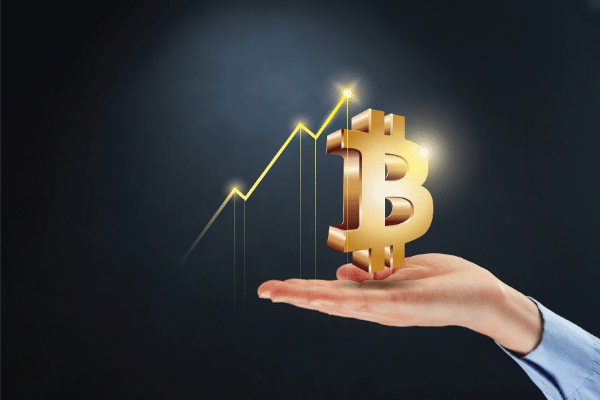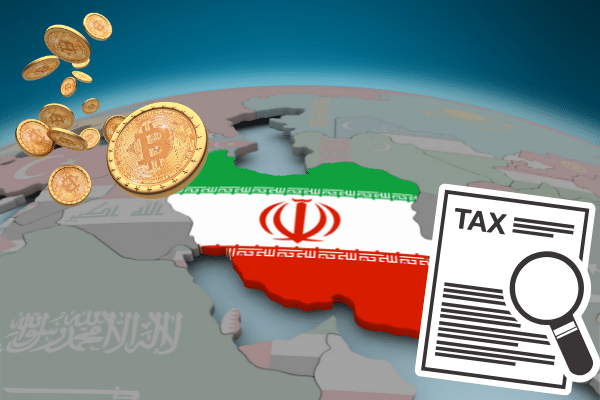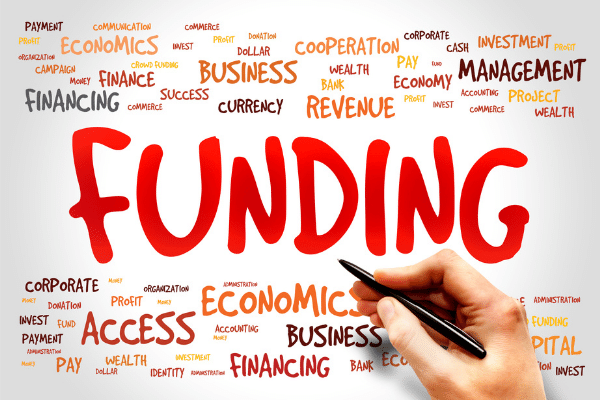
- Bitcoin is on the ascent again, after the shambolic rollout of the cryptocurrency as legal tender in El Salvador and the China’s unilateral ban on all cryptocurrency transactions.
- Despite the setback last Friday from China’s ban on cryptocurrency transactions, Bitcoin has since enjoyed the assurance that the U.S. Federal Reserve has no intention to ban cryptocurrencies.
Bitcoin is on the ascent again, after the shambolic rollout of the cryptocurrency as legal tender in El Salvador and the unilateral ban on all cryptocurrency transactions by the People’s Bank of China hammered the benchmark digital asset to its lowest level in months.
In the wake of the botched rollout of Bitcoin as legal tender in El Salvador last month, Bitcoin fell as much as 17%, with doubts being raised over its use case, given the rocky start and technical glitches that plagued the El Salvador experience.
Since then, El Salvadorans have taken to speculating in Bitcoin, using the ease with which the government app Chivo can be used to swap between dollars and Bitcoin to buy on the dip and sell on a rally.
Merchants outside of large multinational chains are also beginning to accept Bitcoin more willingly, in the hopes that they too can profit from some of the upside potential of the cryptocurrency.
And beyond El Salvador, the “growing institutional interest” according to Bank of America has seen the retail banking giant launch research coverage of cryptocurrency and digital assets.
In an interview on Bloomberg TV,
“If you look at the number of corporates mentioning crypto on their earnings calls, that’s gone from about 17 last year to about 147 in the most recent quarter.”
“This isn’t just Bitcoin anymore, this is digital assets and it’s creating a whole ecosystem of new companies, new opportunities, and new applications.”
Despite the setback last Friday from China’s ban on cryptocurrency transactions, Bitcoin has since enjoyed the assurance that the U.S. Federal Reserve has no intention to ban cryptocurrencies.
Nonetheless, Bitcoin continues to see considerable resistance at US$50,000 and will likely require several attempts at breaching that level for a sustained push higher.


